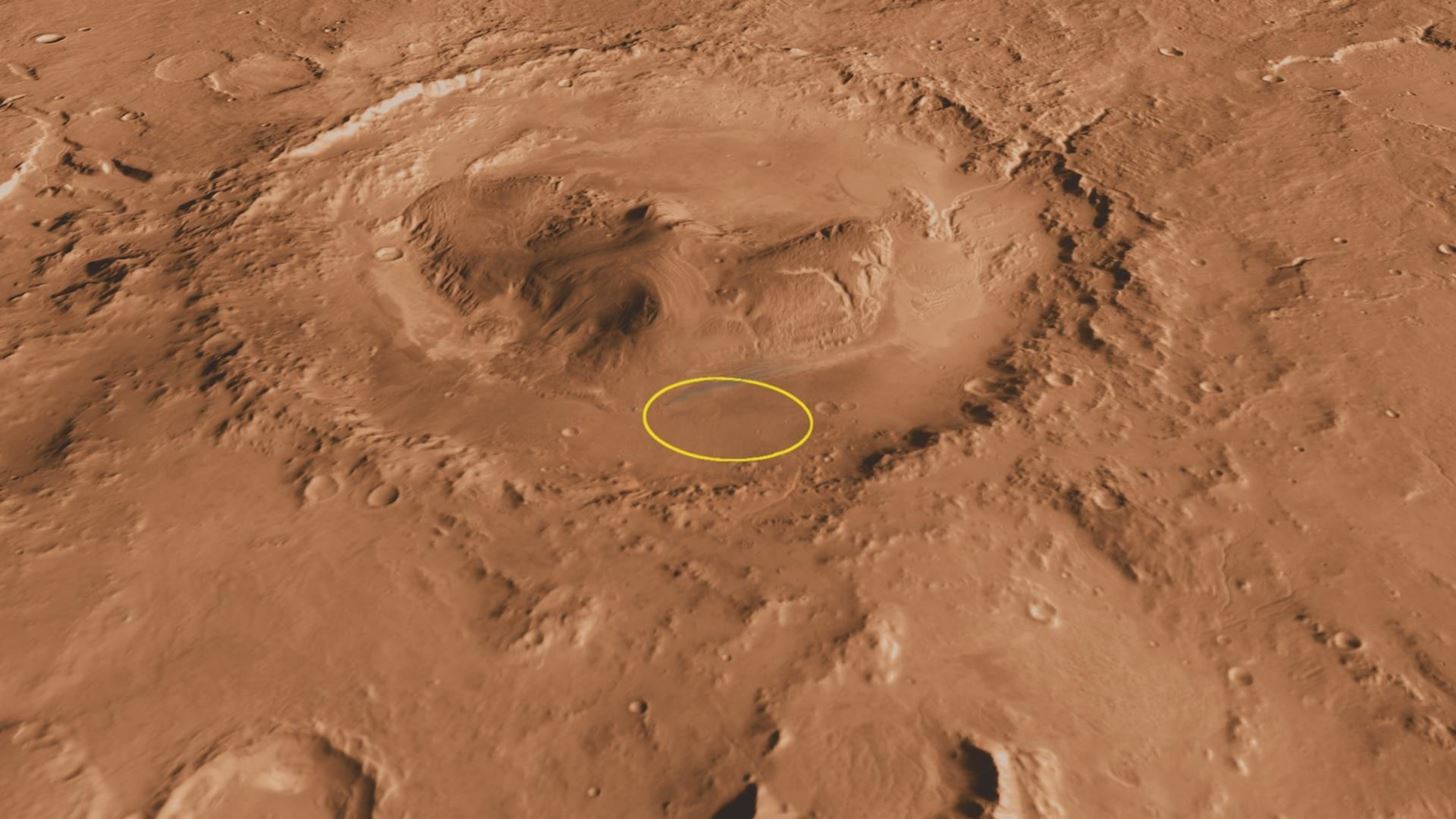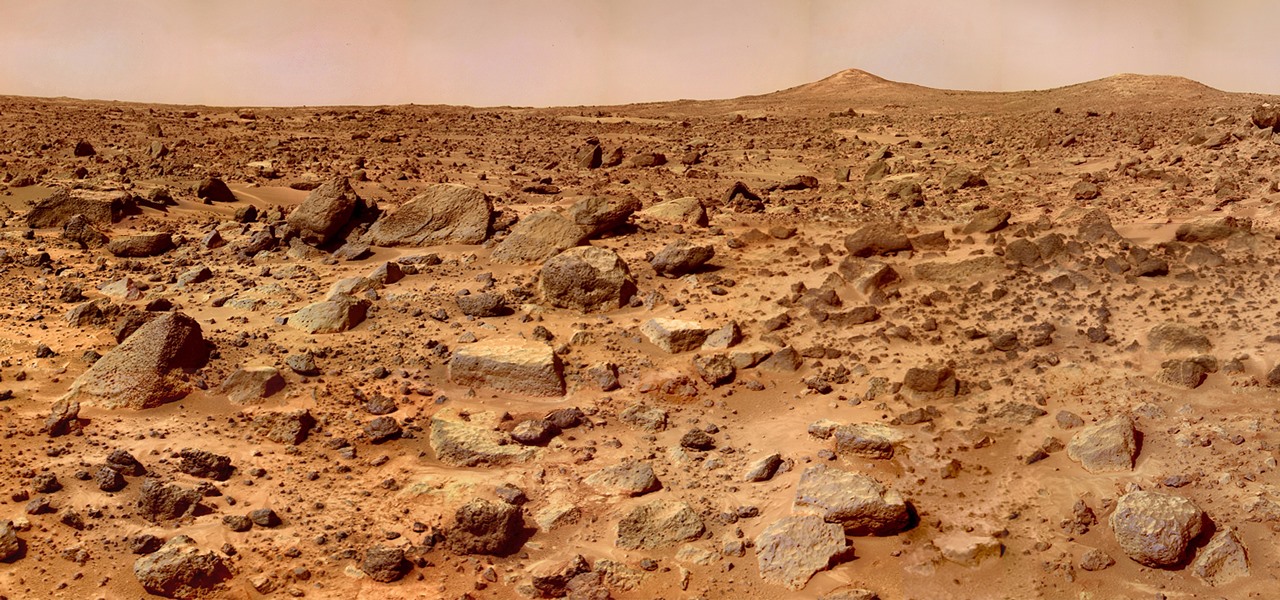A new study casts real suspicion on the possibility of life on Mars. Why? It seems the surface of the planet may be downright uninhabitable for microbial life as we know it.
Over the years, and with research into life on other worlds, visions of extra-terrestrials and "little green men from Mars," have given way to microbial mystery. Surely we are not alone in this universe, but is — or was
— Mars a planet with life? Right now, it is looking less likely.
In recent years, NASA has prioritized flyby, orbiter, and robotic exploration of the surface of the Red Planet. Fulfillment of future missions may include below ground and aerial sampling, while more distant missions may even return these samples to Earth.
Until then, our eyes and analysis depend on the machines we have sent to Mars, and the data they return to help us piece together the mystery, among other things, of microbes on Mars.

The Life We Might Have Put on Mars
A critical determinant for life as we know it is the presence of water — or the past presence of water — that could have sustained some form of life.
Currently traversing the surface of Mars, the Curiosity Rover continues to provide data about the possibility of water on Mars, if not now, then — ever. In June, research published in the journal Science reported findings that indicate a lake existed on a portion of Mars about three billion years ago. Called Gale Crater, the region likely boasted different environments within the same lake. Lead author, Joel Hurowitz, said in a press release:
The diversity of environments in this Martian lake would have provided multiple opportunities for different types of microbes to survive, including those that thrive in oxidant-rich conditions, those that thrive in oxidant-poor conditions, and those that inhabit the interface between those settings.
Contamination is a big issue in space exploration. If humans contaminate other places in space with our microbes, it is called "forward contamination." If microbes from space or other celestial bodies hitchhike back to earth, it is called "backward contamination."
Because viable conditions, or microbes, may exist on Mars, NASA has been cautious about the path of the Curiosity Rover, to avoid forward contamination from any microbes that may continue to survive on the spacecraft. In exploring that possibility, it may turn out that Mars would be tough to contaminate, given harsh conditions described in new research.
In a study published in Scientific Reports, researchers took a hard look at whether a common stowaway on spacecraft, Bacillus subtilis, would be able to survive on the Martian surface. B. subtilis is a robust microbe with a highly respectable resistance to environmental insult. The bacteria, as noted by study authors, "is a common spacecraft contaminant."
In this study from the UK Centre for Astrobiology, researchers replicated conditions on Mars, based on data returned from the Viking Lander, Phoenix Lander, and Curiosity Rover. The substance perchlorate is known to naturally, and plentifully, exist on Mars. Here on Earth, perchlorate occurs naturally and also takes the form of a toxic industrial chemical commonly used in solid rocket fuel, fertilizer, and fireworks.

Yes — those pretty exploding July 4th fireworks are seeding the air you breathe with thyroid-disrupting chemicals and worse, but let's not get off-topic.
Replicating known conditions on Mars, researchers combined B. subtilis with components commonly found on the Martian surface, including magnesium perchlorate in a liquid solution. When subjected to UV light similar to an exposed Martian surface, it wasn't good news for B. subtilis.
The combination of chemicals and conditions proved to have a bacteriocidal effect on the bacteria, which means — according to study authors — that "cell viability was completely lost after 30 seconds." In comparison, B. subtilis exposed to UV light without perchlorate survived 60 seconds. By contrast, bacteria cells combined with perchlorate, without the UV light, remained viable for up to an hour.
Ramping up the experiment, study authors carried out the process to simulate a rocky, anaerobic (without oxygen) environment, placing the bacteria in silica discs. In this mode, the bacteria survived slightly longer, declining in viability by 60 seconds. Researchers also simulated the colder conditions of Mars, but even then, the perchlorates did their damage just as well. Experiments that combined materials presumed to naturally exist on the Martian surface, like hematite, hydrogen peroxide, and perchlorates, were documented as causing the "greatest loss of viability" in the bacterial microbes.
While research suggests microbes may have existed on the Red Planet three billion years back, other studies may be gently closing the door on the viability of life on Mars today.
Study authors report the "toxic cocktail of oxidants (like perchlorate), iron oxides, and UV radiation" have been guessed at by researchers for awhile. These findings apply to contaminant bacteria, and to potential indigenous microbes. Unfortunately for fans of "little green men," women, or plants, these study authors note of the Martian surface:
We show the bacteriocidal effects of UV-irradiated perchlorates provide yet further evidence that the surface of Mars is lethal to vegetative cells and renders much of the surface and near-surface regions uninhabitable.
Just updated your iPhone? You'll find new emoji, enhanced security, podcast transcripts, Apple Cash virtual numbers, and other useful features. There are even new additions hidden within Safari. Find out what's new and changed on your iPhone with the iOS 17.4 update.


























Be the First to Comment
Share Your Thoughts